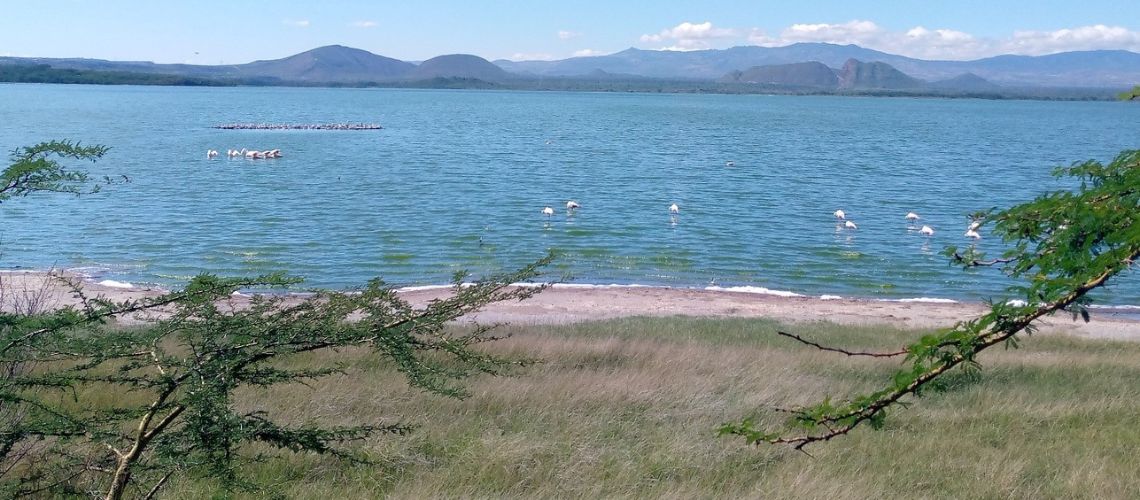Restoration of Lake Elementaita Wetland

Lake Elementaita is a shallow alkaline lake lying on the Rift Valley floor in Kenya. It is fed by inflows from the rivers Mbaruk, Kariandusi, Kikopey,Chamuka and Mereroni. The key values provided by Lake Elementaita are globally significant biodiversity. It is globally recognized as an Important Bird Area due to the assemblage of various birds of conservation concern such as the threatened, range-restricted Grey-crested Helmet-shrike (Near threatened) which occurs in the surrounding woodland where it may be resident. Other birds in this area include Lesser Flamingo (Near threatened), Jackson’s Widowbird (Near threatened), African Crowned Eagle (Near threatened), Greater Spotted Eagle (Vulnerable), Martial Eagle (Vulnerable) and White-headed Vulture (Vulnerable).It also sustains significant populations of over 100 species of Palearctic migratory birds by offering a vital wintering ground for them making this one of the greatest ornithological spectacles on earth. In addition, the lake supports one of the major breeding colonies of the Great White Pelicans in the world and forms part of the Great Rift Valley migratory flyway system for migratory birds. Lake Elementaita was designated an Important Bird Area in 1999 by Birdlife International and a Ramsar Site in 2005 by the Ramsar Convention Secretariat. It was named a World Heritage Site in 2011 by Unesco World Heritage Centre.
Numerous human activities within and around the lake threaten the unique and fragile balance of the lake causing a serious threat to biodiversity. These anthropogenic activities include clearing of natural vegetation for charcoal and firewood, urbanization and intensive river water abstraction for farming and commercial mining of salt for livestock. Domestic waste from mushrooming hotels and lodges around the lake is also adding to the pollution of this important wetland. Poor agricultural practices by small scale farmers in the upper catchment, most of which is by subsistence farmers is also a major threat to the lake. Unsustainable farming practices have led to siltation of streams and rivers in the headwaters and the lake. Furthermore, the eastern shores of the lake have been settled by a rapidly increasing population of subsistence farmers. Urbanization and infrastructure development and other types of development causing land use change are also a major threat to the lake. For instance, the ongoing construction of a big city along Mbaruk River which feeds the lake is likely to have adverse effects on the water supply to the lake. The Construction of this city without adequate mitigation measures, threatens the biophysical environment.
The Unfinished Agenda Africa therefore proposes a project for the restoration of Lake Elementaita ecosystem. The proposed project area is highly prone to erosion due to steep gradients compounded by poor land use practices and therefore is a key area for reducing land degradation. Within this context, the key environmental problem to be addressed by the project is land degradation, water pollution and loss of biodiversity. The project objective is to restore forest ecosystem and reduce land degradation in Lake Elementaita catchment area for increased protection of Lake Elementaita’s water resources, biodiversity, and associated ecosystem services. The high-level theory of change of the proposed project is that if the local community is supported to implement landscape restoration, overall threats to the Lake Elementaita and its associated ecosystem services will be reduced. The project will give priority to forest land management and restoration interventions in the upper catchment area of the lake for enhanced water and biodiversity protection. The project will also support smallholder farmers through training and facilitation to adopt best farming practices that enhance soil and water conservation measures and restore the lake’s ecosystem.
Project Budget
USD 50000
Want to support this project?
Want to support this project?
Donation
